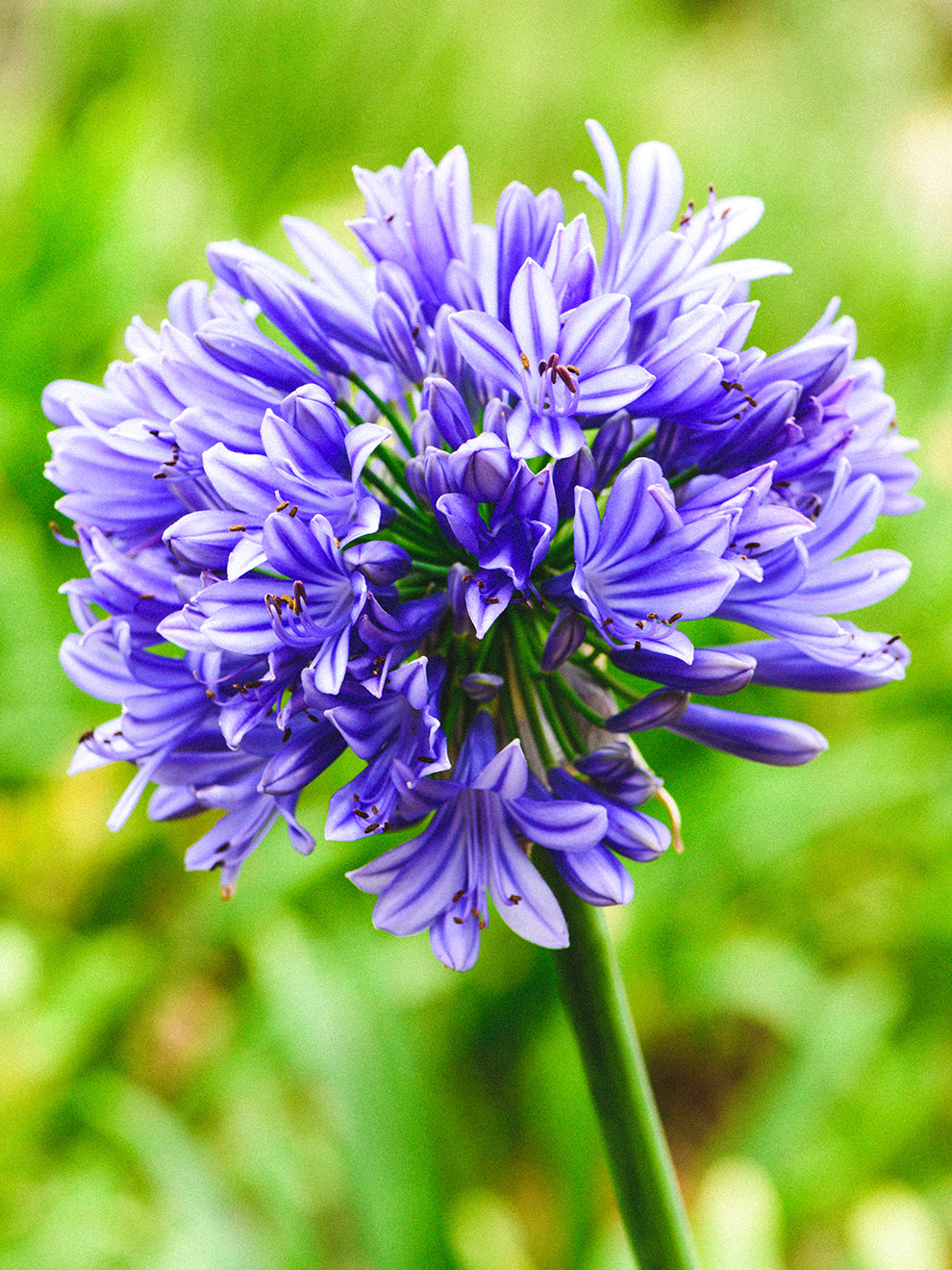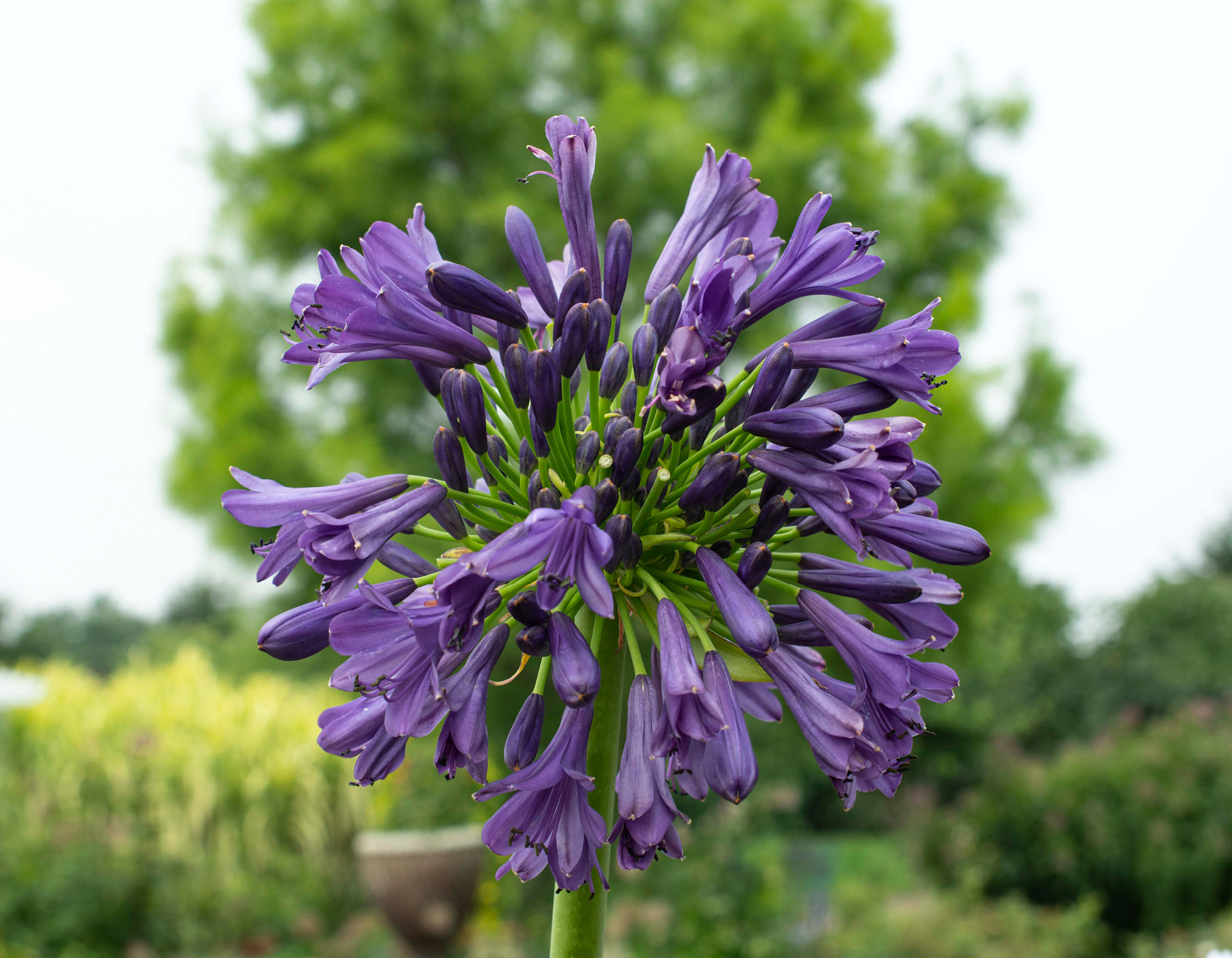Just how to Plant and Maintain Agapanthus in Your Garden
Just how to Plant and Maintain Agapanthus in Your Garden
Blog Article
Unleashing the Secret to Successful Agapanthus Farming: Advice for a Flourishing Yard
In the realm of horticulture, cultivating agapanthus successfully requires a strategic method that encompasses various aspects of plant treatment. With careful interest to detail, one can unlock the keys to nurturing these stunning blooms, resulting in a yard that grows with elegance and vibrancy. By comprehending the subtleties of agapanthus growing, one can produce an environment where these plants flourish and grow generously. In the adhering to conversation, we will check out important tips and techniques that will assist you towards a growing agapanthus yard, providing understandings right into ideal practices, soil conditions, watering techniques, and more.
Planting Agapanthus: Best Practices
When planting Agapanthus, correct soil prep work is essential for guaranteeing successful growth and growth of these attractive flowers. Agapanthus, generally referred to as Lily of the Nile or African lily, grows in well-draining dirt with a somewhat acidic to neutral pH level - Agapanthus. Before planting, it is critical to modify heavy clay dirts with organic matter such as compost or peat moss to enhance drain and offer essential nutrients for the plants
To grow Agapanthus, choose a location that obtains full sunshine to partial color, as this will promote healthy and balanced development and bountiful blooming. Dig a hole twice the diameter of the plant's origin sphere and put the Agapanthus at the exact same depth it was formerly growing. Delicately backfill the opening with soil, weighing down firmly to eliminate any type of air pockets around the origins.
Water the freshly grown Agapanthus extensively and proceed to keep the soil uniformly wet, specifically during the plant's active growing period. Agapanthus. Applying a balanced fertilizer once a month can better support the plant's growth and flowering. By adhering to these ideal techniques for planting Agapanthus, you can produce a sensational display of these fascinating blossoms in your yard
Perfect Dirt Issues for Agapanthus
For ideal development and flowering success of Agapanthus plants, ensuring the dirt problems are optimal is crucial. Agapanthus thrives in well-draining soil with a slightly acidic to neutral pH degree ranging from 6.0 to 7.0. This sort of dirt permits sufficient water drain, avoiding waterlogging which can result in root rot. To boost soil drainage, think about adding raw material such as garden compost or peat moss when preparing the growing site. In addition, Agapanthus prefers soil that is abundant in nutrients, so integrating a well balanced fertilizer throughout the growing season can advertise healthy growth and lively blossoms.

Watering and Feeding Tips
To guarantee healthy growth and dynamic blooms, proper watering and feeding strategies are crucial for effective Agapanthus cultivation. Agapanthus plants benefit from regular watering, particularly throughout the growing period.
When it concerns fertilizing Agapanthus, a well balanced plant food with equal parts nitrogen, phosphorus, and potassium can be applied in the springtime to advertise healthy and balanced growth and blooming. Slow-release plant foods are excellent for providing nutrients slowly over an extended duration. Avoid over-fertilizing, as this can lead to too much vegetation development at the cost of blooms.
Additionally, incorporating organic matter like compost right into the soil can enhance nutrient levels and enhance soil structure, aiding in the general health of the Agapanthus plants. By following these watering and fertilizing tips, gardeners can ensure their Agapanthus plants flourish and create stunning screens of flowers.
Pruning and Deadheading Methods
Proper trimming and deadheading methods play an essential function in keeping the health and wellness and aesthetics of Agapanthus plants, enhancing the vital methods of watering and fertilizing for successful farming. Pruning Agapanthus includes removing spent blossom heads, yellowing or dead fallen leaves, and overall shaping of the plant to advertise much better development. Deadheading, the process of removing faded flowers, not just improves the plant's appearance however also motivates further flowering.
When deadheading Agapanthus, it is recommended to clip off the flower stem at the base making use of sharp, clean shears. This procedure reroutes the plant's energy from seed production back into origin and foliage development, advertising a healthier and much more robust plant. Regular deadheading can expand the blooming period of Agapanthus and protect against self-seeding, which can result in overcrowding.
In regards to trimming, Agapanthus generally gain from a light trim after flowering to clean up the plant and urge fresh growth. Cutting down the invested blossom stems and getting rid of any kind of dead or damaged foliage helps preserve the plant's vitality and overall appearance. Nevertheless, it is important to click to investigate prevent cutting into the crown of the plant, as this can deteriorate its health and wellness.

Protecting Agapanthus From Pests and Diseases
Executing effective insect and disease monitoring approaches is essential to safeguarding the health and vitality of Agapanthus plants in farming. Agapanthus are usually sturdy plants, however they can still drop sufferer to numerous parasites and conditions otherwise properly looked after. One typical parasite that influences Agapanthus is the Agapanthus borer, a caterpillar that tunnels into the plant, causing damages to the fallen leaves and flowers. To avoid infestations, routine examination of the plants is necessary. If borers are found, they can be by hand gotten rid of, or insecticidal soap can be utilized as a control measure.
In addition to bugs, Agapanthus are susceptible to illness such as origin rot and fungal leaf places. These concerns can usually be avoided by making certain correct drain and avoiding overwatering. If indications of condition appear, impacted components of the plant must be without delay gotten rid of to avoid further spread. Fungicides may also be made use of as a treatment action, following the manufacturer's directions very carefully. By staying vigilant and resolving bug and illness problems quickly, gardeners can assist their Agapanthus flourish and thrive.

Conclusion
In verdict, effective growing of agapanthus requires correct planting techniques, perfect Bonuses soil problems, appropriate watering and feeding, normal pruning and deadheading, and security from diseases and insects. By following these tips and techniques, garden enthusiasts can guarantee a prospering yard full of stunning agapanthus blooms. Agapanthus. Keep in mind to keep constant care and focus to detail to promote the wellness and durability of these stunning plants
When planting Agapanthus, correct dirt prep work is important for ensuring successful development and development of these attractive flowers.Water the freshly planted Agapanthus extensively and proceed to keep the soil evenly damp, especially throughout the plant's active growing period.For optimal development and growing success of Agapanthus plants, guaranteeing the dirt problems are suitable is crucial. When my site hair transplanting or growing Agapanthus, ensure the soil is well-prepared to provide the essential foundation for the plants to develop themselves successfully. One common parasite that affects Agapanthus is the Agapanthus borer, a caterpillar that tunnels into the plant, creating damage to the blossoms and leaves.
Report this page